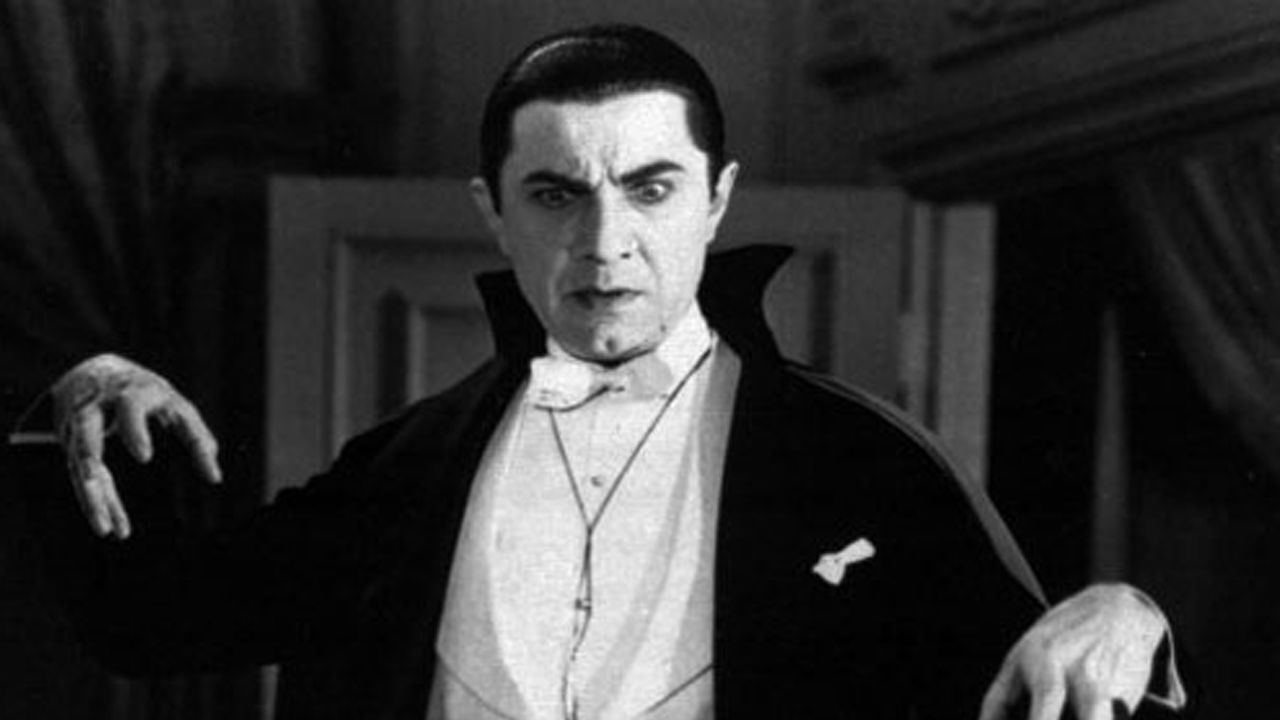When you hear the name Dracula, you are probably inclined to think of a Hollywood fairytale with blood sucking vampires. You also think of the fictitious Count Dracula. There were many movies portraying Count Dracula. Some of them were funny and comical, like the one with Leslie Nielsen portraying the vampire. Some of them were horrific. The figure most people associate with Dracula is the Count from a fairytale written by Irish Novelist Bram Stoker.
Some people believe he based his novel on a real life figure, Vlad Tepes III, the Prince of Walachia, Romania. The truth is Stoker never really visited Transylvania or Walachia.
In his novel, Bram Stoker writes “We Draculs have a right a to be proud… I am the last of my kind”. The name Dracula can be translated as “bad blood” in Gaelic. So, what is the myth and what is the reality?
The Stoker’s novel
The 1897 Gothic horror novel “Dracula” is the myth. Written by Bram Stoker, the novel introduced Count Dracula. The novel inspired many subsequent vampire fantasy novels. “Dracula” tells the story of the Count’s attempt to move from Transylvania to England so that he may find new blood and spread his curse.
The plot starts with Dracula trying to seduce his barrister Jonathan Harker’s fiancée Mina Murray and inflict havoc in England. The novel ends with a battle between Dracula and a small group of men and women led by Professor Abraham Van Helsing (another character that inspired movies).
There are some interesting aspects of the novel. For example, Stoker exploited the erotic dimension of the vampire. That is something present in the folklore. He also explored Dracula’s fatal attraction he exerts over his victims of opposite sex. Dracula even inspired a form of sexual deviation where the sight and taste of the blood flowing freely from the love-bitten partner represent the main erotic satisfaction for the addict. This deviation is called “haematophilia”. The medical dictionary describes the term as “sexual fetish for blood which evokes arousal when present on the fetishist’s sexual partner”. Sadly, Stoker’s inspirational source, which was the real Dracula included less fascinating and fearsome deeds. But in literature, we always tend to exaggerate and dramatize.
His inspirational sources will always stay obscure in detail. But experts believe he was familiar with some books mentioning the Romanian folklore about vampires.
The Real Dracula
Many experts believe that Stoker based his novel on Vlad Tepes, the son of Vlad Dracula as they called him. Vlad Dracul means “devil” and “dragon”. Both are used in Romanian language, with the latter meaning being a consequence of Vlad wearing an insignia of the dragon. He wore the insignia as a Knight of the Crusader Order of the Dragon. Vlad’s method of execution earned him the nickname “The Impaler”, or Tepes in Romanian.
Vlad Tepes lived between 1431 and 1476, and ruled as a direct descent from the founding dynasty. His foreign policy was dominated by the continuous struggle to fend off expansions by the neighbors. Vlad battled with the Hungarian kingdom and the Ottoman Empire. Vlad used his diplomacy to side himself with one or the other all the time, trying to play them against each other. In the meantime, he managed to preserve his country’s independence and neutrality. During his raids against Saxons, he executed thousands of men, women, and children by impaling. Turks were not spared from his wrath as well. According to legends, Vlad Dracula said “I have killed men and women, old and young. .. 23,884 Turks and Bulgarians without counting those whom we burned alive in their homes or whose heads were not chopped off by our soldiers”.
The major consequence of his crusade for external independence and moral crusade for internal law was that his most loyal subjects drew tired of living constantly in fear. They withdrew their support. In the end, the legend says he was assassinated and his body was buried inside the church of Snagov monastery.
It is hard to pass a judgment upon Prince Vlad Dracula. After all, he was not only a destroyer. He was also a builder. He built several castles, Castle Bran still standing.
Exploring Dracula’s origin in Romania
Bram Stoker never traveled to Romania. However, he filled his book with descriptions of many locations that are real and you can visit. For example, the most important one is the 14th century town of Sighisoara. That is the place associated with Vlad Tepes, the house in which he was born. The house is now a small museum of medieval weapons and a restaurant.
Other important sites include Snagov Monastery, the place where Vlad’s remains were buried, and the ruins of Poenari Fortress, which is considered to be the authentic Dracula Castle. You can also visit the Arefu village, one where you will find tons of Dracula legends, all told by local citizens. A must visit includes the city of Brasov, where Vlad led raids against the Saxons, and where you will find Bran Castle.
Some tours in Romania cover all the folklore aspects of the fictional Dracula. For example, some restaurants offer the exact meal Jonathan Harker ate. Or you can sleep at the Castle Dracula Hotel.



